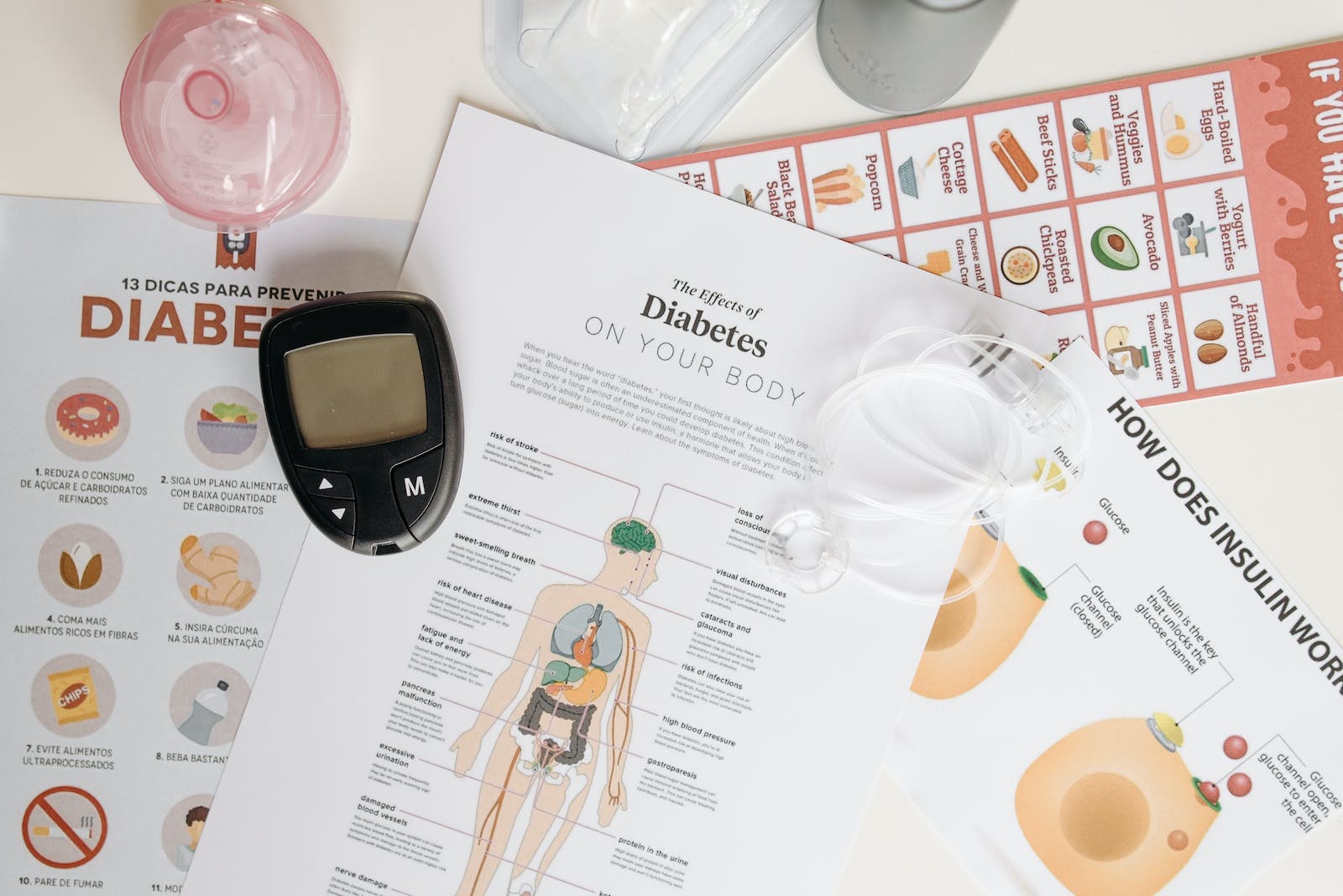Unraveling the Intricacies of Diabetes Insipidus: Causes, Symptoms, Diagnosis, and Treatment
Diabetes insipidus (DI) is a lesser-known condition often overshadowed by its more prevalent counterpart, diabetes mellitus. Despite its relative rarity, diabetes insipidus plays a crucial role in endocrine health. In this comprehensive exploration, we delve into the various facets of diabetes insipidus, from its pathogenesis to diagnosis and management.
Understanding Diabetes Insipidus
1.1 Definition and Types
Diabetes insipidus is an endocrine disorder characterized by the inability to concentrate urine due to inadequate antidiuretic hormone (ADH) secretion or renal resistance to its effects. The condition manifests as excessive thirst and dilute urine output [^1^]. There are different types of DI, including central DI, nephrogenic DI, gestational DI, and primary polydipsia. Each type has distinct causes and mechanisms contributing to the disruption of water balance in the body [^2^].
1.2 Pathogenesis
The pathogenesis of DI involves disruptions in the synthesis, secretion, or action of ADH. Central DI results from damage to the hypothalamus or pituitary gland, leading to decreased ADH production. On the other hand, nephrogenic DI is often associated with renal tubular dysfunction, where the kidneys fail to respond adequately to ADH [^2^].
Symptoms and Diagnosis
2.1 Clinical Presentation
Individuals with diabetes insipidus commonly experience polyuria, polydipsia, and nycturia. The relentless thirst and copious urine output can significantly impact daily life, leading to fatigue and dehydration if not properly managed [^5^].
2.2 Diagnostic Approaches
Diagnosing diabetes insipidus involves a combination of clinical evaluation and laboratory tests. Water deprivation tests, urine concentration tests, and imaging studies such as magnetic resonance imaging (MRI) are essential in determining the type and cause of DI [^4^].
Management and Treatment
3.1 Addressing the Underlying Cause
Effective management of diabetes insipidus requires a tailored approach based on the underlying cause. In central DI, hormone replacement therapy with desmopressin, a synthetic form of ADH, is a common intervention. Nephrogenic DI may involve treating the underlying renal condition and utilizing medications to enhance the kidney’s response to ADH [^2^].
3.2 Lifestyle Modifications
Patients with diabetes insipidus can benefit from lifestyle adjustments to minimize symptoms. This includes maintaining adequate fluid intake to prevent dehydration, adjusting dietary salt intake, and incorporating regular monitoring of urine output and body weight [^6^].
Research and Advancements
4.1 Ongoing Studies
Ongoing research continues to uncover new insights into the causes and potential treatments for diabetes insipidus. Studies explore genetic factors influencing DI, novel therapeutic approaches, and advancements in diagnostic techniques [^3^].
4.2 Clinical Trials
Clinical trials are crucial in evaluating the safety and efficacy of emerging treatments for diabetes insipidus. Participation in these trials not only contributes to scientific knowledge but also provides patients with access to cutting-edge therapies that may offer improved outcomes [^4^].
Conclusion
Diabetes insipidus, often overshadowed by its more widely recognized counterpart, diabetes mellitus, is a complex endocrine disorder with distinct characteristics and management strategies. Understanding the pathogenesis, recognizing symptoms, and implementing appropriate diagnostic and therapeutic approaches are vital in improving the quality of life for individuals living with diabetes insipidus. Ongoing research and clinical trials promise new insights and treatments, offering hope for enhanced outcomes in the future.


Leave a Reply